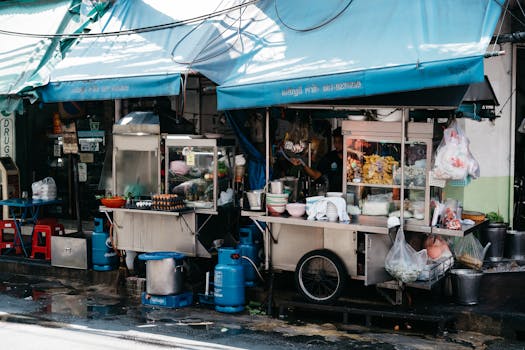
Culinary Adventures: Exploring Europe’s Food Scene in 2025
Focus Keyword: Culinary Adventures. Europe’s food scene is a diverse and vibrant reflection of its rich history, culture, and geography. From the snow-capped mountains of Switzerland to the sun-kissed beaches of Greece, each country and region boasts its unique culinary traditions, ingredients, and cooking techniques. In this article, we will embark on a culinary journey through Europe, exploring the must-visit destinations, trying the local specialties, and discovering the hidden gems of the continent’s food scene.
Section 1: Introduction to European Cuisine
European cuisine is a broad term that encompasses a wide range of culinary traditions, from the hearty meat stews of Eastern Europe to the delicate seafood dishes of the Mediterranean. With its complex history, cultural exchange, and geographical diversity, European cuisine has evolved over time, incorporating various influences and ingredients. From the Roman Empire’s garlic and olive oil to the Arab traders’ spices and coffee, European cuisine has been shaped by its strategic location at the crossroads of the world.
Section 2: Must-Visit Culinary Destinations in Europe
When it comes to culinary adventures, Europe has plenty to offer. Some of the must-visit destinations include:
- Paris, the culinary capital of France, famous for its croissants, cheese, and fine dining restaurants.
- Rome, the Eternal City, where you can indulge in delicious pasta dishes, pizza, and gelato.
- Barcelona, the vibrant capital of Catalonia, known for its tapas, seafood, and modernist cuisine.
- Amsterdam, the charming city of canals, where you can sample the city’s famous stroopwafels, herring, and cheese.
Section 3: Local Specialties and Hidden Gems
Each European country and region has its unique culinary specialties and hidden gems. Some of the local specialties include:
- Italian pizza and pasta dishes, such as spaghetti carbonara and pizza margherita.
- Spanish tapas, such as patatas bravas and tortilla española.
- French croissants, macarons, and cheese, such as camembert and brie.
- Greek salads, such as the classic Greek salad and the hearty moussaka.
Section 4: Conclusion and Future of European Cuisine
In conclusion, Europe’s food scene is a vibrant and diverse reflection of its rich history, culture, and geography. With its unique culinary traditions, ingredients, and cooking techniques, European cuisine has something to offer for every palate and preference. As we look to the future, it’s exciting to think about the new culinary trends, ingredients, and techniques that will shape the continent’s food scene in 2025 and beyond.





